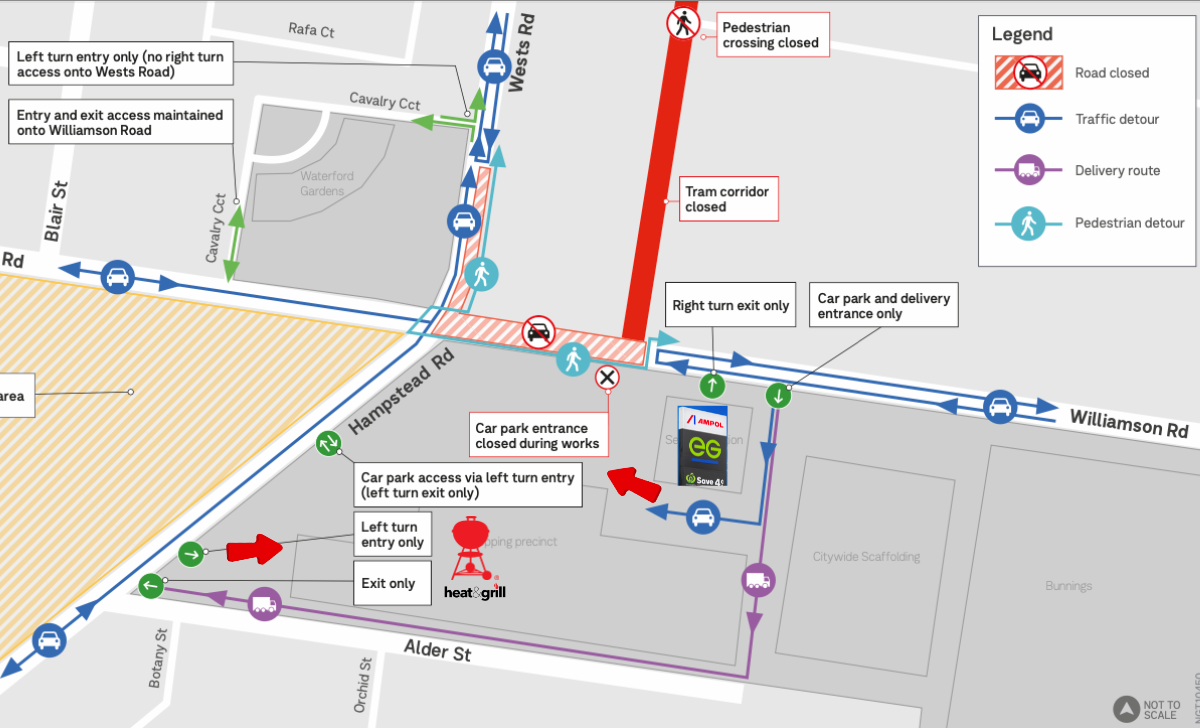
VIA EG/AMPOL SERVICE STATION
OR HAMPSTEAD ROAD ONLY

Australians love their barbequing. If there is a sausage to sizzle or a steak to grill, we will cook it no matter if its rain, hail, or snow. The Australian BBQ is our way of life, our cultural identity and our national past time. Which is why it is so important to ensure that your BBQ and BBQ area is safe and hazard-free.
Every year in Australia, accidents occur around barbeques that result in damage to property and, in some unfortunate cases, loss of life or injury. This is why it is so vital to ensure that your family BBQ is maintained and you practice BBQ safety in the home.
Ensuring your gas cylinder and connections are all intact and working is the most important step in maintaining your BBQ. Loose or corroded hoses or damaged connections can allow gas to escape from the cylinder, creating a serious combustible risk. Gas cylinders should be rust and dent free and regular servicing of the cylinder is required to ensure that it remains safe to use.
One simple tip to ensure your cylinder is not leaking is to spray soapy water on the connections and the cylinder itself. If there is a gas leak, bubbles will form alerting you to the problem.
Just because it’s winter it doesn’t mean there won’t be a day of total fire ban in your area. Be aware of any and all restrictions and ensure you comply with them before firing up the grill.
Every BBQ has its unique ignition and shutdown procedures that should be followed precisely to ensure that the ignition is safe. Most BBQs have these step by step instructions in an easy-to-find place on the BBQ. Read through these instructions before each ignition to ensure you don’t forget any vital steps.
Always place your barbeque on a firm level surface that’s sheltered from wind gusts and other flammable materials such as sheds or vegetation. If the gas cylinder topples over it can create leaks in the gas line.
Ensure you have a fire extinguisher or a source of flowing water nearby so you have the means to extinguish a fire if one occurs. Remember to always ensure your fire extinguisher is properly filled and serviced so it works when you need it.
Barbeques can generate carbon monoxide, which is odourless and highly toxic to humans. Make sure the area containing your BBQ is well ventilated to ensure this gas is not trapped and to avoid accidents.
If you would like more information on selecting the right barbeque for your winter feasts, please contact our friendly team at Heat & Grill.